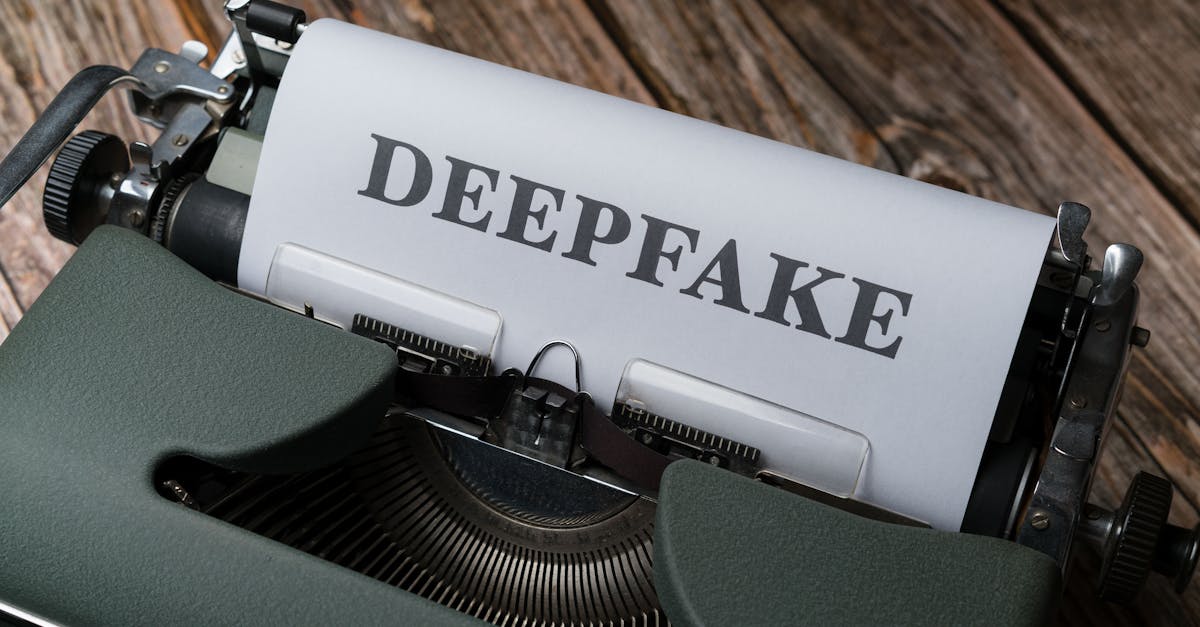
Protect Your Digital Content with AI: Detecting Deepfakes
Deepfakes, a term coined from ‘deep learning’ and ‘fake’, are digital images or videos that have been manipulated to depict someone saying or doing something they never did. They can spread misinformation, manipulate public opinion, and even damage personal reputations. Fortunately, artificial intelligence (AI) has stepped up to help detect these fakes, securing our digital content.
Why Detect Deepfakes?
Deepfakes pose a significant threat to individuals, organizations, and society at large. They can be used for malicious purposes such as revenge porn, fraud, or political manipulation. Detecting deepfakes is crucial in maintaining the integrity of digital content and ensuring that people trust what they see online.
How AI Tools Help Detect Deepfakes
Many AI-powered tools have been developed to detect deepfakes effectively. These tools use advanced algorithms to analyze images or videos, looking for signs of manipulation. Some common methods include:
- Image Blending Detection: This technique identifies inconsistencies in blended areas of an image where two different images have been combined.
- Facial Landmark Analysis: AI tools can detect unusual facial movements or expressions that are uncharacteristic of the person being depicted.
- Audio Verification: Voice deepfakes can be detected by comparing the sound wave patterns of the original voice with the synthesized one.
Best Practices for Securing Digital Content with AI
To ensure maximum protection against deepfakes, consider these best practices:
- Regularly Update Your Detection Tools: New types of deepfakes are emerging all the time. Keeping your detection tools up-to-date ensures you can stay ahead of the curve.
- Collaborate with Others: Sharing knowledge and resources about deepfakes helps build a robust community defense against them.
- Promote Media Literacy: Encourage users to critically evaluate online content instead of accepting it at face value.
The Future of Deepfake Detection with AI
As technology continues to evolve, so too will the methods used by deepfake creators. However, the development of more sophisticated AI tools promises a future where we can effectively detect and counteract these harmful digital fakes.